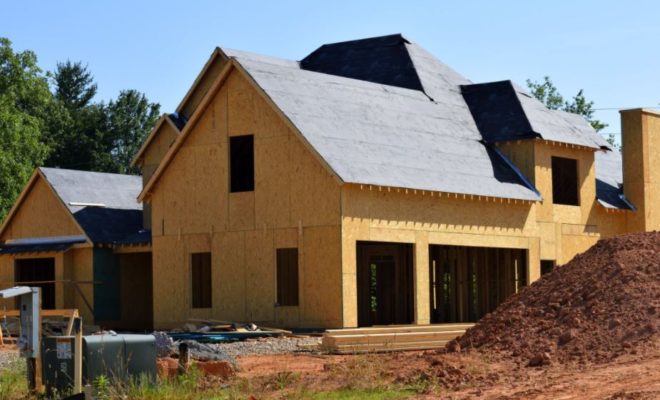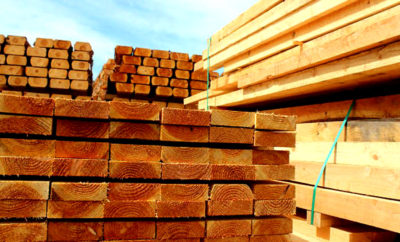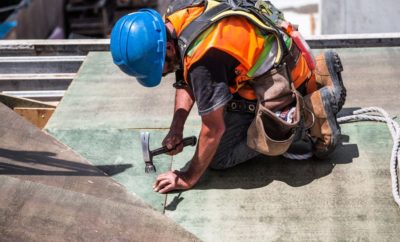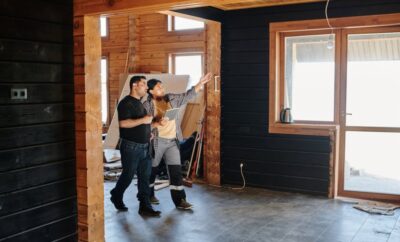
NAHB: Builder Confidence Falls As A Result Of Inflationary Concerns
Growing inflation fears and ongoing supply chain disruptions have halted a four-month rise in builder sentiment, despite the fact that consumer demand remains strong.
According to the National Association of Home Builders (NAHB)/Wells Fargo Housing Market Index, builder confidence in the market for newly-built single-family homes fell one point in January to 83. (HMI).
For the past three months, the HMI has been hovering around 83 or 84, the same level as the spring of 2021.
“Higher material costs and lack of availability are adding weeks to typical single-family construction times,” says NAHB Chairman Chuck Fowke, a custom home builder from Tampa, Florida.
“NAHB analysis indicates the aggregate cost of residential construction materials has increased almost 19% since December 2021.”
“Policymakers need to take action to fix supply chains. Obtaining a new softwood lumber agreement with Canada and reducing tariffs is an excellent place to start.”
“The HMI data was collected during the first two weeks of January and do not fully reflect the recent jump in mortgage interest rates,” NAHB Chief Economist Robert Dietz said.
“While lean existing home inventory and solid buyer demand are supporting the need for new construction, the combination of ongoing increases for building materials, worsening skilled labor shortages and higher mortgage rates point to declines for housing affordability in 2022.”
The NAHB/Wells Fargo HMI is based on a monthly survey that NAHB has been conducting for 35 years and assesses builder perceptions of current single-family home sales and sales expectations for the next six months as “good,” “fair,” or “poor.”
Builders are also asked to rate prospective buyer traffic as “high to very high,” “average,” or “low to very low” in the survey.
The scores for each component are then used to calculate a seasonally adjusted index, with any number greater than 50 indicating that more builders consider conditions to be good rather than poor.
The HMI index measuring current sales conditions remained stable at 90, while the gauge measuring sales expectations in the next six months fell two points to 83, and the component tracking traffic of prospective buyers also fell two points to 69.
Looking at the three-month moving averages for regional HMI scores, the Northeast dropped one point to 73, the Midwest rose one point to 75, and the South and West both increased one point to 88.























